Explore Two Case Studies on How XtalPi Leveraged MicroED to Address Different Polymorphism Challenges
Structural elucidation is a critical process in understanding and addressing polymorphism challenges in drug development. Here are two case studies highlighting how our technical team employed MicroED to determine the structures of crystalline samples in just 5 days, providing crucial structural information to tackle complex polymorphism issues.
Case Study 1: Determining Component Ratio in a Non-stoichiometric Co-former System Using MicroED
XtalPi’s Approach & Findings
- Explained the varying stoichiometric ratios of a monobasic API and methanesulfonic acid in a non-stoichiometric co-former through MicroED-derived crystal structure.
- Revealed that methanesulfonic acids are situated in disordered lattice channels within a complex asymmetric unit that contains 8 APIs and 14 co-formers.
Case Study 2: MicroED Discovered an Unexpected Polymorphism from Samples with Highly Similar XRPD Patterns
XtalPi’s Approach & Findings
- Identified distinct polymorphic structures from two batches of samples with nearly identical XRPD spectra but different analytical profiles.
- Mitigated polymorphism risk by achieving definitive structural assignments using MicroED when single crystals could not be obtained for the samples.

